
Filter News
Area of Research
- (-) Materials (59)
- (-) Nuclear Science and Technology (13)
- Advanced Manufacturing (1)
- Biology and Environment (9)
- Computer Science (2)
- Energy Science (19)
- Fusion and Fission (10)
- Fusion Energy (7)
- Isotopes (1)
- Materials Characterization (1)
- Materials for Computing (4)
- Materials Under Extremes (1)
- National Security (12)
- Neutron Science (57)
- Supercomputing (34)
News Topics
- (-) Artificial Intelligence (2)
- (-) Fusion (8)
- (-) Materials Science (37)
- (-) Molten Salt (3)
- (-) Neutron Science (21)
- (-) Physics (17)
- (-) Security (1)
- (-) Space Exploration (2)
- 3-D Printing/Advanced Manufacturing (11)
- Advanced Reactors (8)
- Big Data (2)
- Bioenergy (5)
- Biomedical (3)
- Buildings (3)
- Chemical Sciences (18)
- Composites (2)
- Computer Science (10)
- Coronavirus (3)
- Critical Materials (6)
- Cybersecurity (2)
- Energy Storage (13)
- Environment (7)
- Exascale Computing (1)
- Grid (2)
- Irradiation (1)
- Isotopes (7)
- Machine Learning (3)
- Materials (41)
- Mathematics (1)
- Microscopy (8)
- Nanotechnology (15)
- National Security (1)
- Nuclear Energy (26)
- Partnerships (6)
- Polymers (8)
- Quantum Computing (2)
- Quantum Science (5)
- Summit (2)
- Transportation (5)
Media Contacts

In the race to identify solutions to the COVID-19 pandemic, researchers at the Department of Energy’s Oak Ridge National Laboratory are joining the fight by applying expertise in computational science, advanced manufacturing, data science and neutron science.

As a teenager, Kat Royston had a lot of questions. Then an advanced-placement class in physics convinced her all the answers were out there.
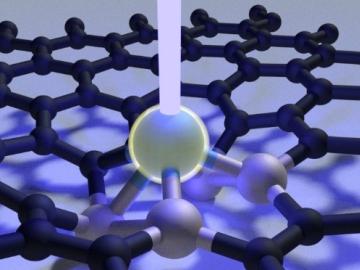
Scientists at Oak Ridge National Laboratory used a focused beam of electrons to stitch platinum-silicon molecules into graphene, marking the first deliberate insertion of artificial molecules into a graphene host matrix.
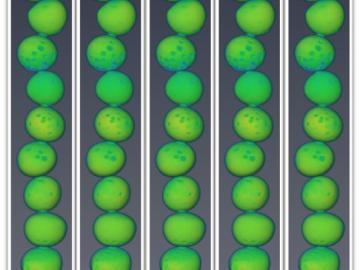
Oak Ridge National Laboratory researchers working on neutron imaging capabilities for nuclear materials have developed a process for seeing the inside of uranium particles – without cutting them open.
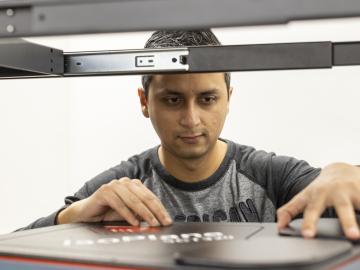
The techniques Theodore Biewer and his colleagues are using to measure whether plasma has the right conditions to create fusion have been around awhile.
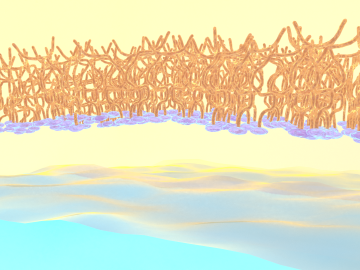
OAK RIDGE, Tenn., Feb. 27, 2020 — Researchers at Oak Ridge National Laboratory and the University of Tennessee achieved a rare look at the inner workings of polymer self-assembly at an oil-water interface to advance materials for neuromorphic computing and bio-inspired technologies.

OAK RIDGE, Tenn., Feb. 12, 2020 -- Michael Brady, a researcher at the Department of Energy’s Oak Ridge National Laboratory, has been named fellow of the National Association of Corrosion Engineers, or NACE International.

An international team of researchers has discovered the hydrogen atoms in a metal hydride material are much more tightly spaced than had been predicted for decades — a feature that could possibly facilitate superconductivity at or near room temperature and pressure.
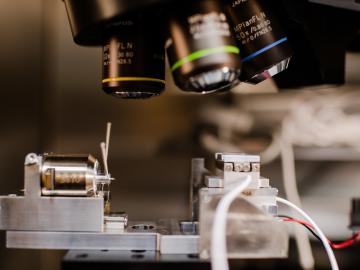
The formation of lithium dendrites is still a mystery, but materials engineers study the conditions that enable dendrites and how to stop them.

Rigoberto “Gobet” Advincula has been named Governor’s Chair of Advanced and Nanostructured Materials at Oak Ridge National Laboratory and the University of Tennessee.


